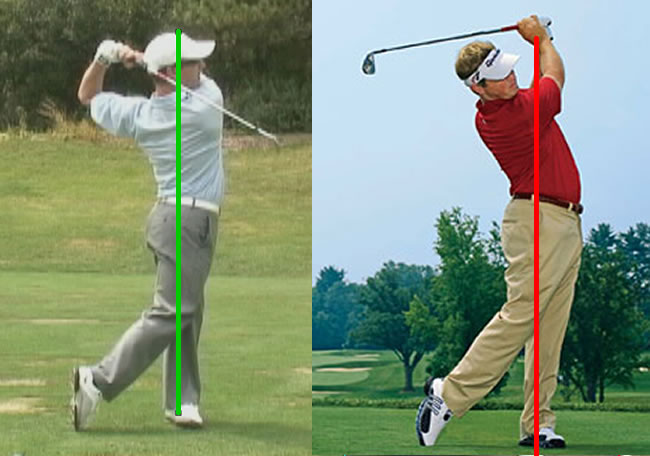The Perfect Sand Shot in Golf
When it comes to hitting sand shots most golfers get
terrified of the proposition of launching the golf ball over the green. The reality is that bunker shots are the
easiest shot in all of golf to learn. All you need to is learn these three
simple keys.
Sand Shot Critical Key Number 1 - Loft
The most important key in hitting the perfect sand shot is
learning how to get the face open enough at address and keep it open throughout
the golf swing. If you don't have enough
loft on the club you will be forced to take a short slow swing and will have a
difficult time moving enough sand to get the ball out of the sand trap. This is
because you don't actually hit the golf ball in a sand shot, instead you use
the force of the sand propelling the ball upward to move the ball up and onto
the green. The sand is quite heavy and
that requires that you swing relatively fast in order to move enough sand to
launch the golf ball up in the air.
However, if you swing fast and don't have enough loft on the
club the ball will fly over the green.
So setting up with enough loft is critical, and there's a simple drill
in this video that will show you how to keep the club face open throughout the
entire backswing so you can make an aggressive swing without the fear of
launching the golf ball over to green.
Sand Shot Critical Key Number 2 - Speed
As I mentioned in before, one of the main keys in the perfect
sand shot is having speed so you can move enough sand to the ball up in the air. Having enough loft goes hand-in-hand with
having enough speed. You need a lot of loft
in order to afford you the ability to be aggressive on your sand shots. This
sand shot golf instruction video gives you one simple image to learn how to
have enough speed on your bunker shots.
Sand Shot Critical Key Number 3 – Divot
The last thing you have to do is make certain that you take
out the “box of sand.” As discussed in
the sand shot video, practicing taking out the box drill will teach you to
where to start your divot and where to have the divot exit in the sand to the
take out the proper amount of sand each time.
As you'll see having the proper amount of bounce and having the face
open enough, is critical to taking out this perfect divot each time so you get
the golf ball to come out nice and soft with a lot of spin. Most amateur golfers tend to dig too deeply
and the divot box drill will keep you from making this costly mistake.
If you can master these three simple keys you will have no
problem getting out of the sand trap any time. If you want to see the entire "How to Hit Sand Shots" section from the DVD "Short Game Made Simple", click here!












